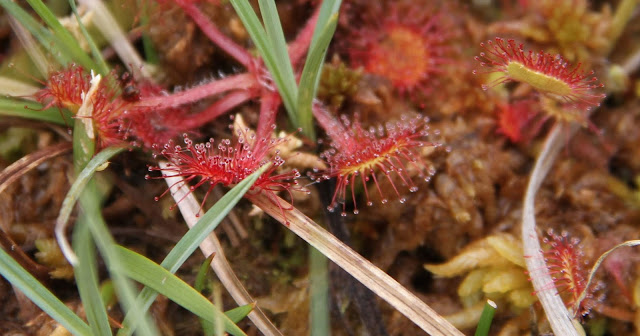3rd
They just arrived one day, a party of around nine Jackdaws (Corvus menedula), probably an extended family from Portree out on a day trip into the countryside.
Eurasian Collared Dove (Streptopelia decaocto)
5th
The boys are back in town.
Babby food
6th
Juvenile White-Tailed Eagle (Haliaeetus albicilla)
13th
Chimney Sweeper (Odezia atrata). Thanks to iSpot.
20th
Adult White-Tailed Eagle
Self defence
20th
The mysterious, and some would say sinister, phantom white ship, sometimes seen to float in misty seas around Skye and rumoured to be inhabited by the spirits of young management trainees on a character building/team bonding exercise who managed to sink their vessel after getting sloshed on ethane hydroxide at their going home party. Occasionally a faint whisper of drunken revelry, with menacing undertones of darkness and violence, is carried on the wind.
24th
Looks like a skinny young Greenfinch (Chloris chloris).
The western, raised edge of Portree, the northern crags of Ben Tianavaig across Portree Bay, and the island of Raasay, topped by Dun Carn, in the distance.
27th
Sunset over Skeabost.
29th
Sneezewort (Achillea ptarmica)(?) at Uigshader. It can be used as a herbal tea for joint and muscle pain, toothache, diarrhoea, nausea, vomiting, intestinal gas, tiredness, urinary tract problems, and loss of appetite. The alternative name Bastard Pellitory sounds like a good term of abuse or name for a pet praying mantis.









































.JPG)
.JPG)




.jpg)























